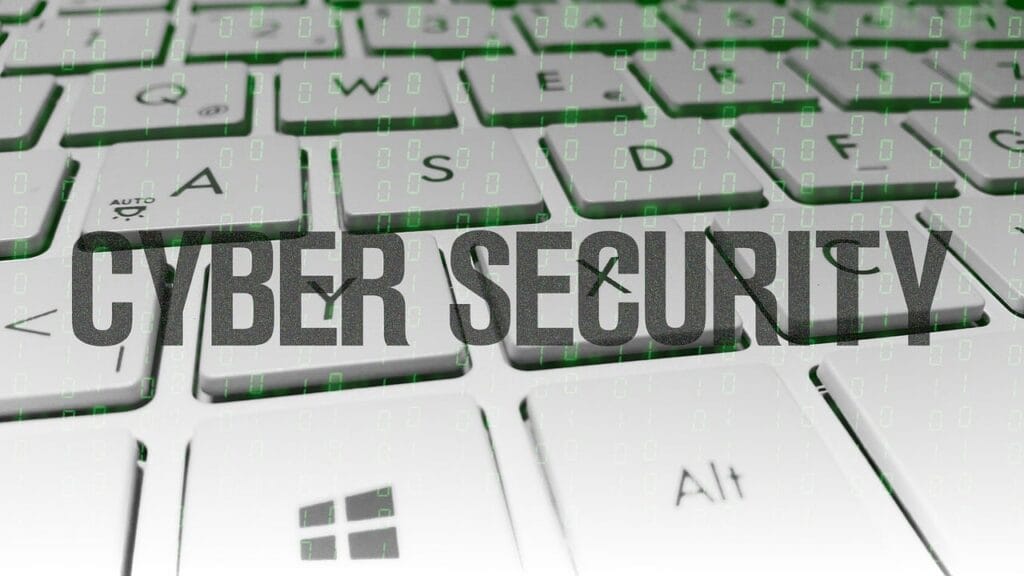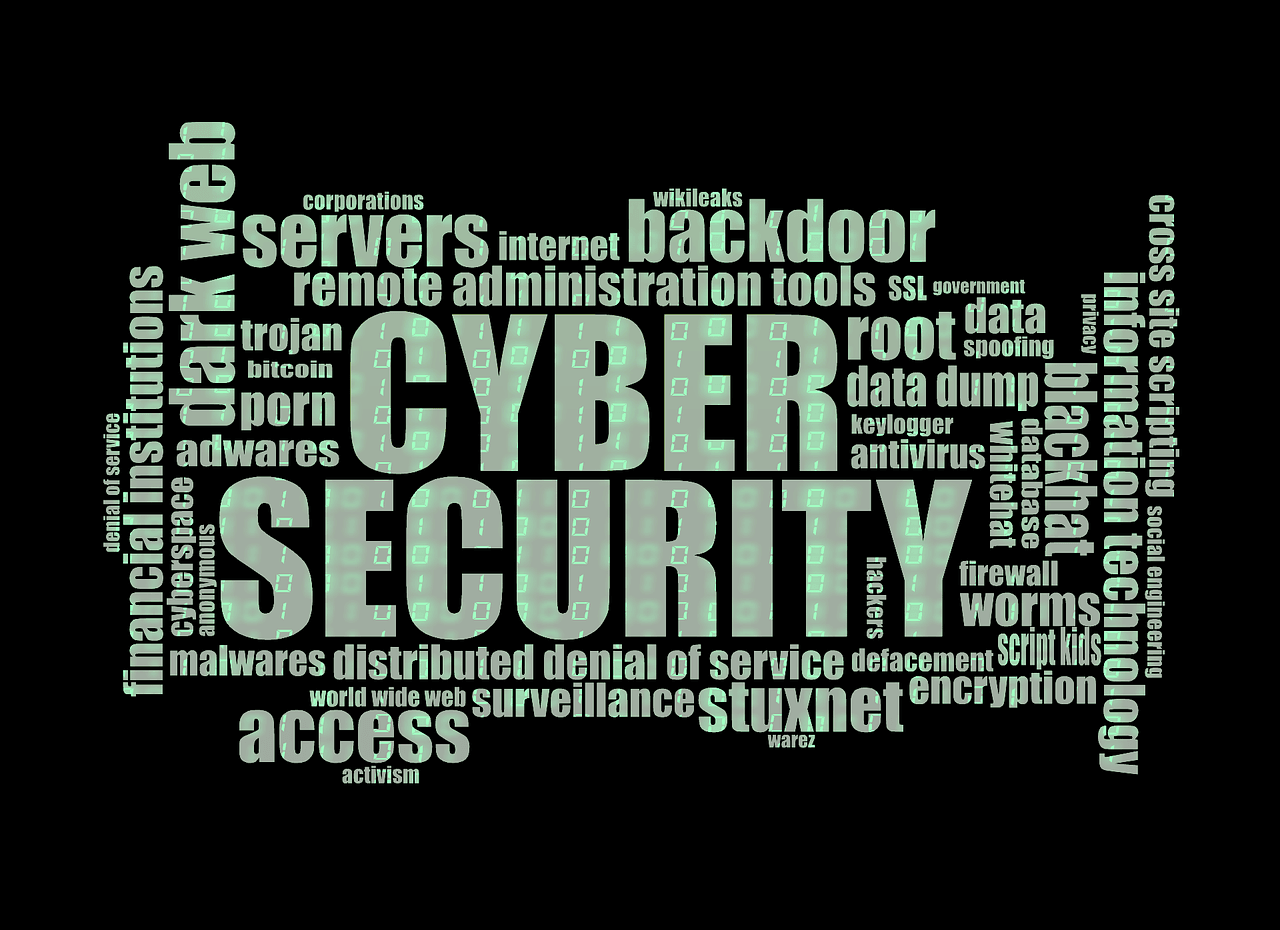In today’s digital age, our gadgets are more than just tools; they are gateways to our personal and professional lives. With the increasing reliance on smartphones, laptops, tablets, and smart devices, the risk of cyber threats has escalated significantly. Protecting these devices is about securing data and preserving privacy and ensuring a seamless digital experience.
In this article, you’ll learn how to protect your gadgets from cyber threats using effective cybersecurity practices. Discover tips on securing smartphones, laptops, and smart devices while preventing malware, phishing, and ransomware attacks.

Understanding Cyber Threats
Cyber threats can range from viruses and malware to phishing attacks and data breaches. Here’s a quick overview of common threats to learn how to protect your gadgets from cyber threats:
| Threat Type | Description | Impact |
|---|---|---|
| Malware | Malicious software that can damage or disable devices | Data loss, slow performance |
| Phishing | Deceptive emails or messages to steal information | Identity theft, financial loss |
| Ransomware | Encrypts files and demands ransom for access | Loss of important files, financial loss |
| Spyware | Tracks user activity and steals sensitive data | Privacy invasion, unauthorized access |
| DDoS Attack | Overloads a system to make it unavailable | Service disruption, reputational damage |
Essential Cybersecurity Practices
- Keep Software Updated: Regular updates patch security vulnerabilities. Enable automatic updates to ensure you’re always protected.
- Use Strong Passwords: Opt for complex passwords with a mix of letters, numbers, and special characters. Avoid using the same password for multiple accounts.
- Enable Two-Factor Authentication (2FA): Add an extra layer of security by requiring a second verification step.
- Install Reliable Antivirus Software: Protect your device from malware and other threats with a trusted antivirus program.
- Secure Your Network: Use a strong Wi-Fi password and enable encryption (WPA3 is recommended). Avoid using public Wi-Fi for sensitive transactions.
- Be Cautious with Emails and Links: Avoid clicking on suspicious links or downloading attachments from unknown sources.
- Backup Your Data Regularly: Store copies of important files on external drives or cloud storage to prevent data loss in case of an attack.
Practical Steps to Secure Specific Devices
1. Smartphones and Tablets
- Install security apps and enable biometric authentication.
- Use VPN services when browsing on public networks.
- Regularly clear cache and temporary files to reduce vulnerabilities.
2. Laptops and Desktops
- Enable firewall protection and disable unnecessary services.
- Use encrypted drives to secure sensitive files.
- Conduct regular system scans and remove suspicious software.
3. Smart Home Devices
- Change default passwords and update firmware.
- Segment IoT devices on a separate network.
- Disable unnecessary features like remote access when not in use.
Red Flags to Watch For
| Suspicious Activity | Potential Cause | Recommended Action |
|---|---|---|
| Unusual device slowdown | Malware infection | Run antivirus scan |
| Unexpected pop-ups | Adware or spyware | Block pop-ups, remove suspicious apps |
| Unauthorized transactions | Phishing or hacking | Change passwords, enable 2FA |
| Excessive data usage | Background tracking apps | Check app permissions, restrict background data |
Advanced Security Measures
- Use Encryption Tools: Encrypt sensitive files and communications to prevent unauthorized access.
- Enable Remote Wiping Features: In case your device is lost or stolen, remote wiping can prevent data from falling into the wrong hands.
- Regular Security Audits: Assess the security of your gadgets and networks periodically to identify potential weaknesses.
- Utilize Secure Cloud Storage: Use platforms that offer end-to-end encryption for storing sensitive data.
The Role of Cyber Hygiene
Good cyber hygiene practices can significantly enhance your security posture. This includes regularly updating passwords, avoiding risky websites, and educating yourself on the latest cyber threats. By maintaining a disciplined approach to digital security, you can reduce the chances of falling victim to cyber-attacks.
Future-Proof Your Digital Security
- Educate Yourself and Family Members: Awareness is key to preventing cyber attacks.
- Invest in Security Solutions: Premium antivirus and VPN services offer advanced protection.
- Monitor Your Digital Footprint: Regularly check your online accounts for unusual activity.
- Stay Informed on Cybersecurity Trends: Follow tech blogs and cybersecurity forums to stay ahead.
What to Do After a Cyber Attack
In the unfortunate event of a cyber attack, quick action is critical. Here’s what you can do:
- Disconnect the affected device from the internet to prevent further damage.
- Run a full system scan using antivirus software.
- Change all passwords, especially for sensitive accounts like banking and email.
- Report the incident to your service provider or cybersecurity experts.
- Restore data from your backups if necessary.

Conclusion
In an increasingly connected world, how to protect your gadgets from cyber threats is not optional—it’s a necessity. By implementing the strategies outlined above, you can significantly reduce the risk of cyber attacks and enjoy a secure digital experience. Remember, cybersecurity is a continuous process that requires vigilance and proactive measures.
With the right knowledge and tools, you can create a robust defense against the ever-evolving cyber threats and protect your valuable digital assets for years to come.



